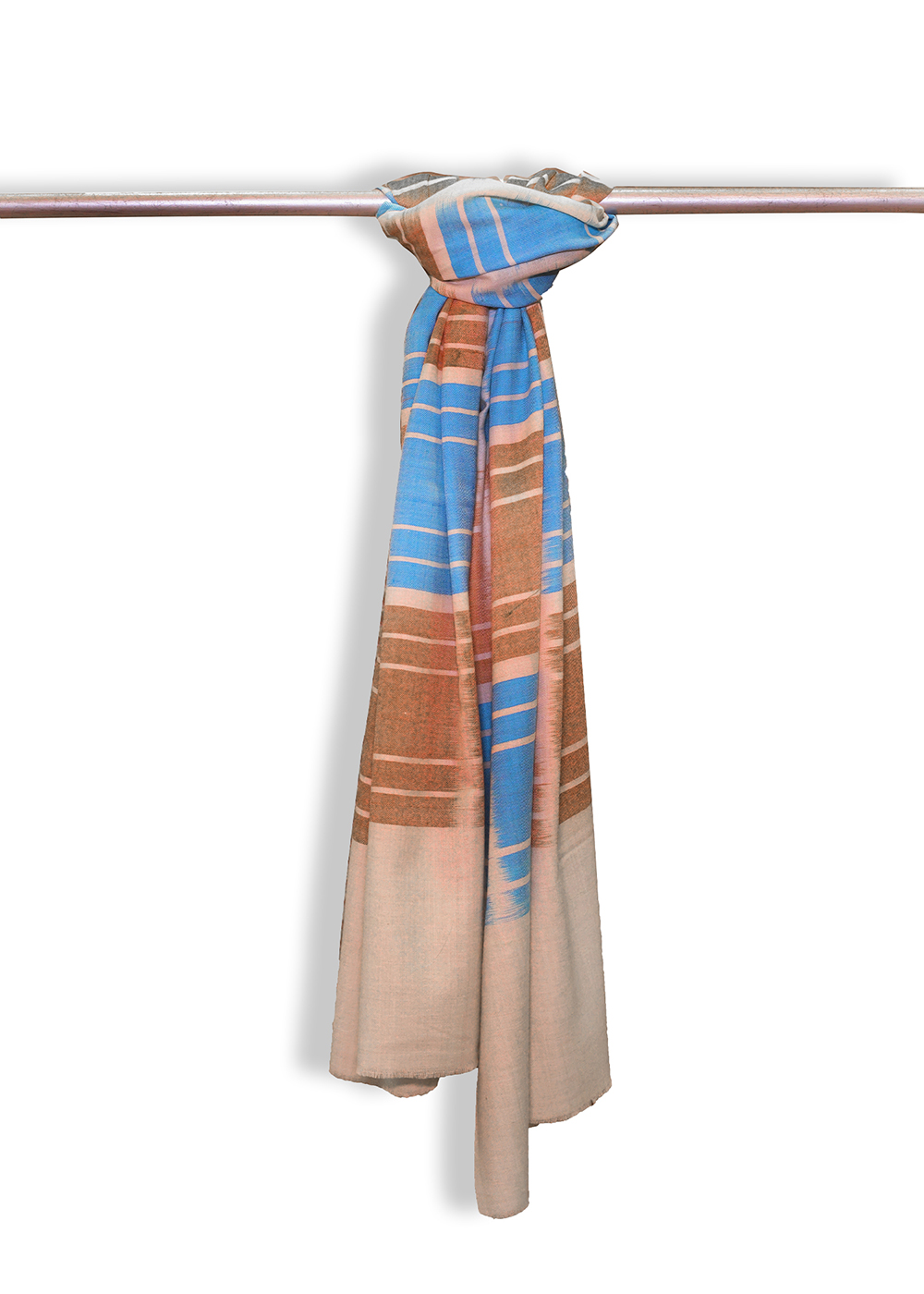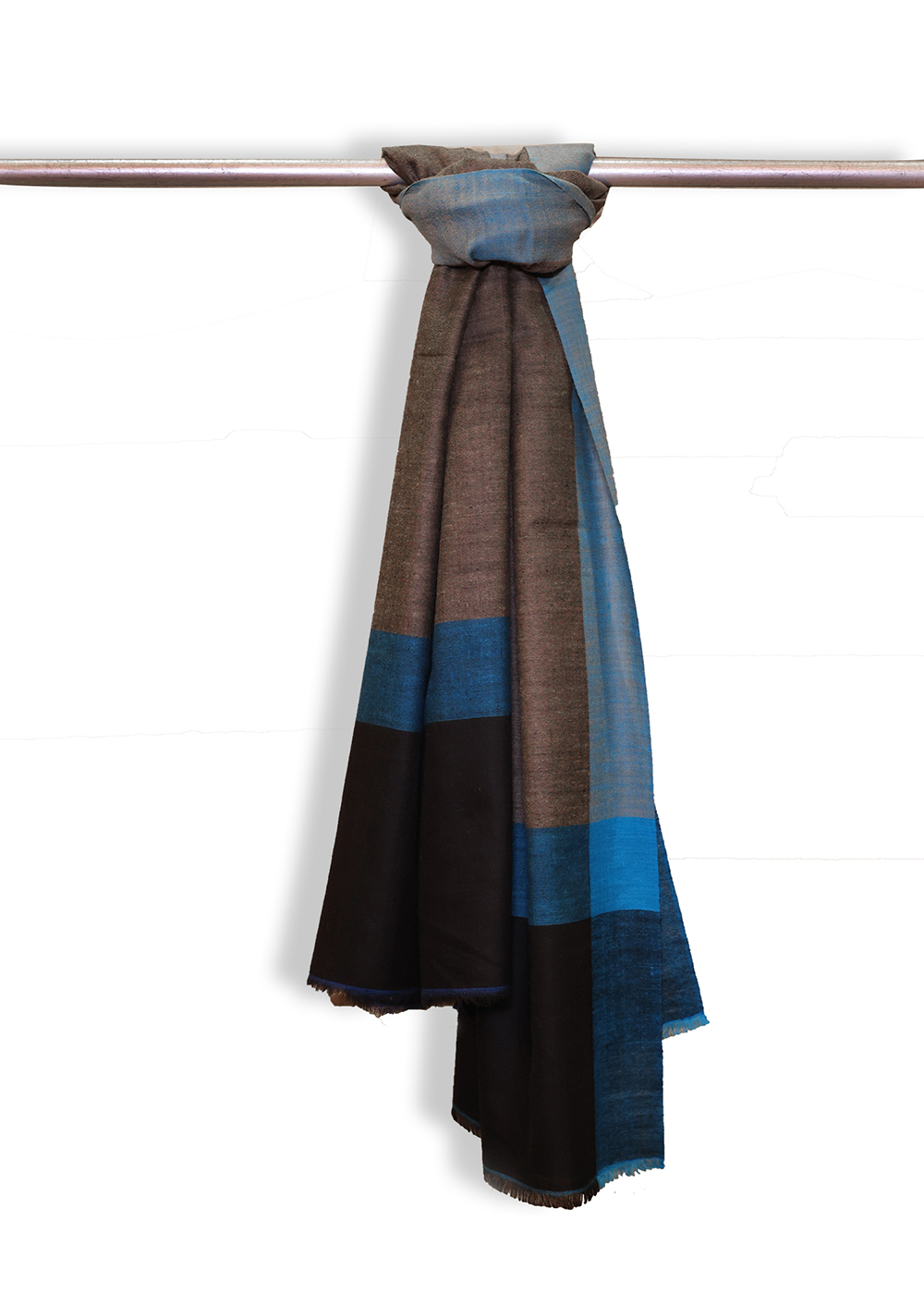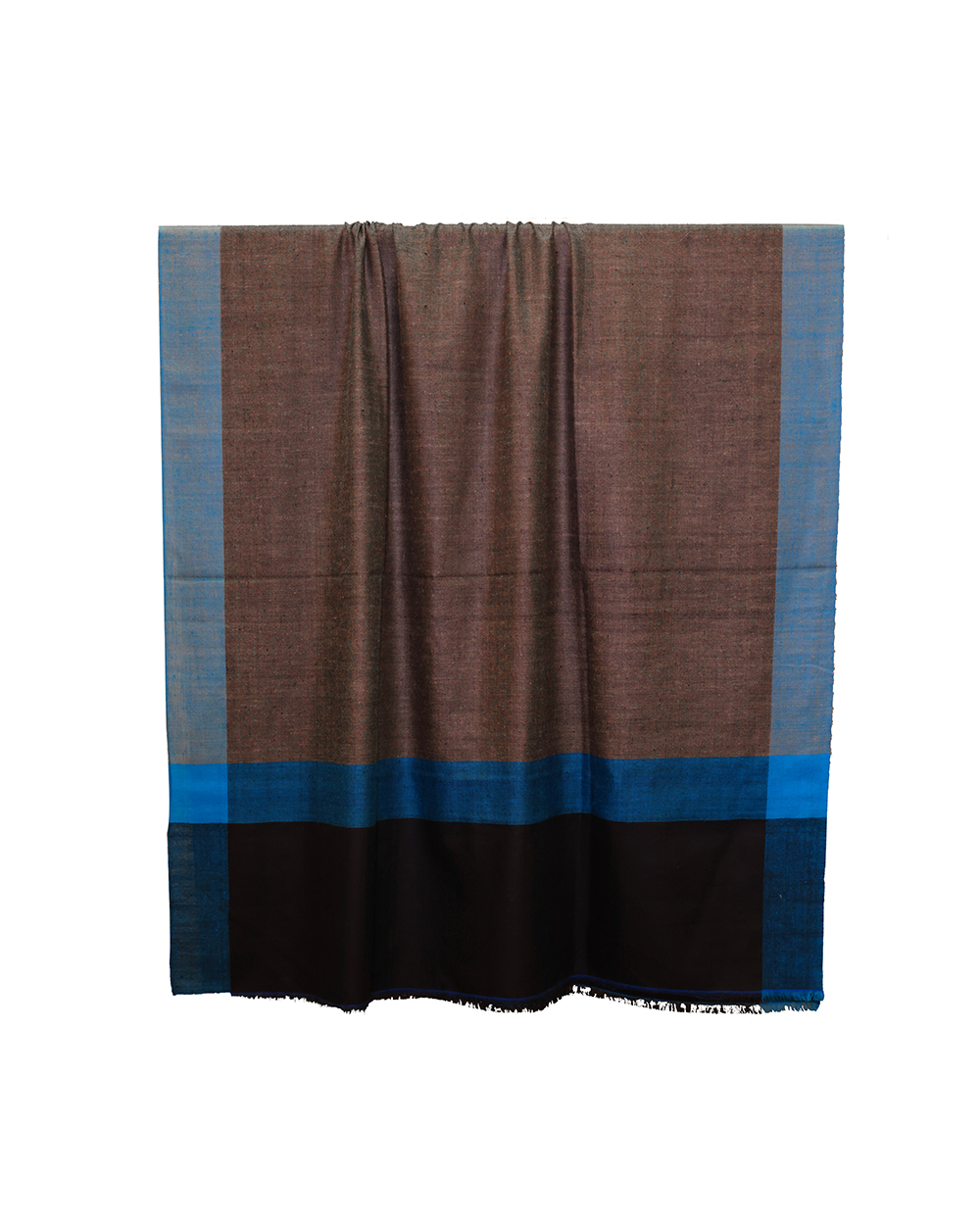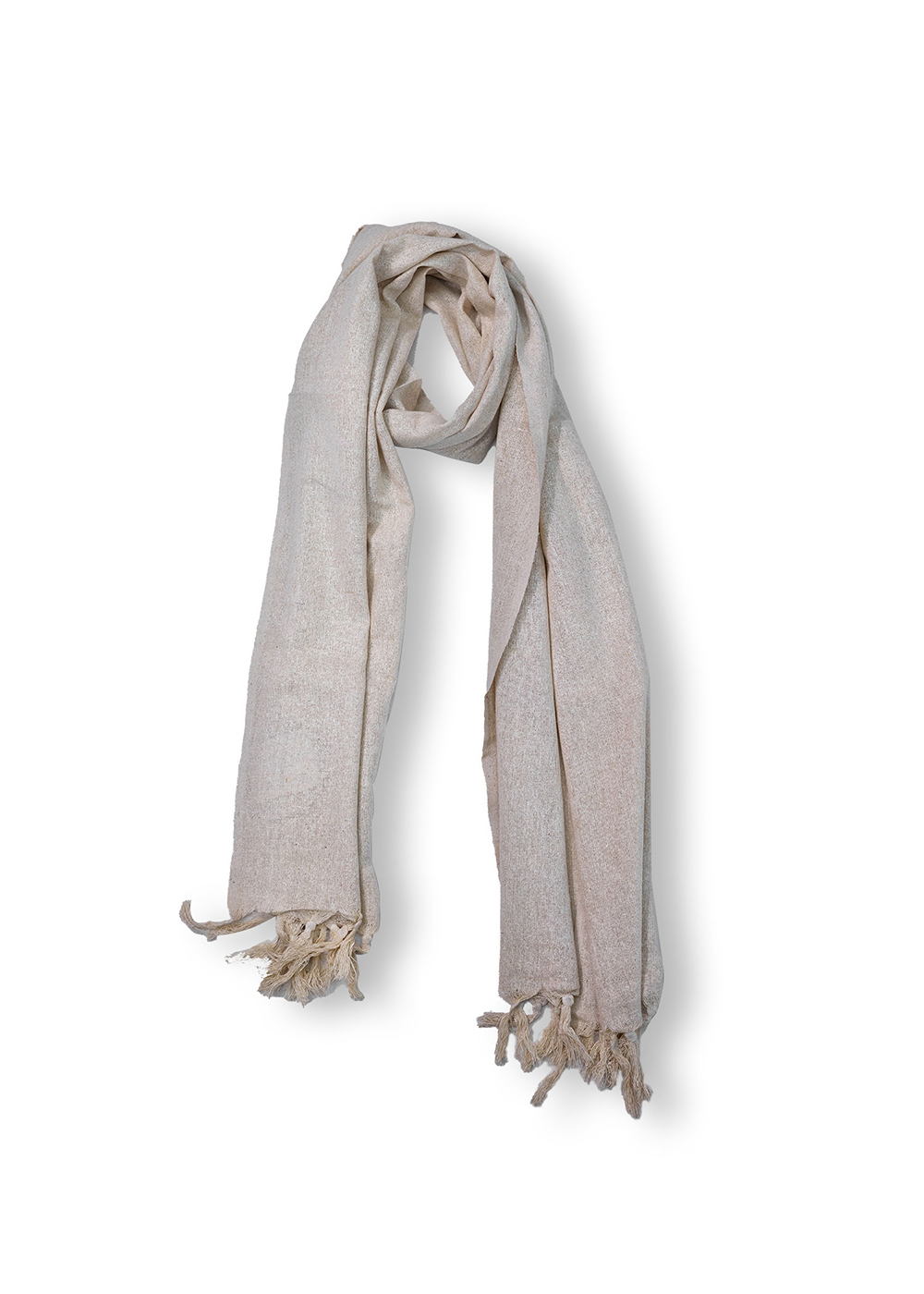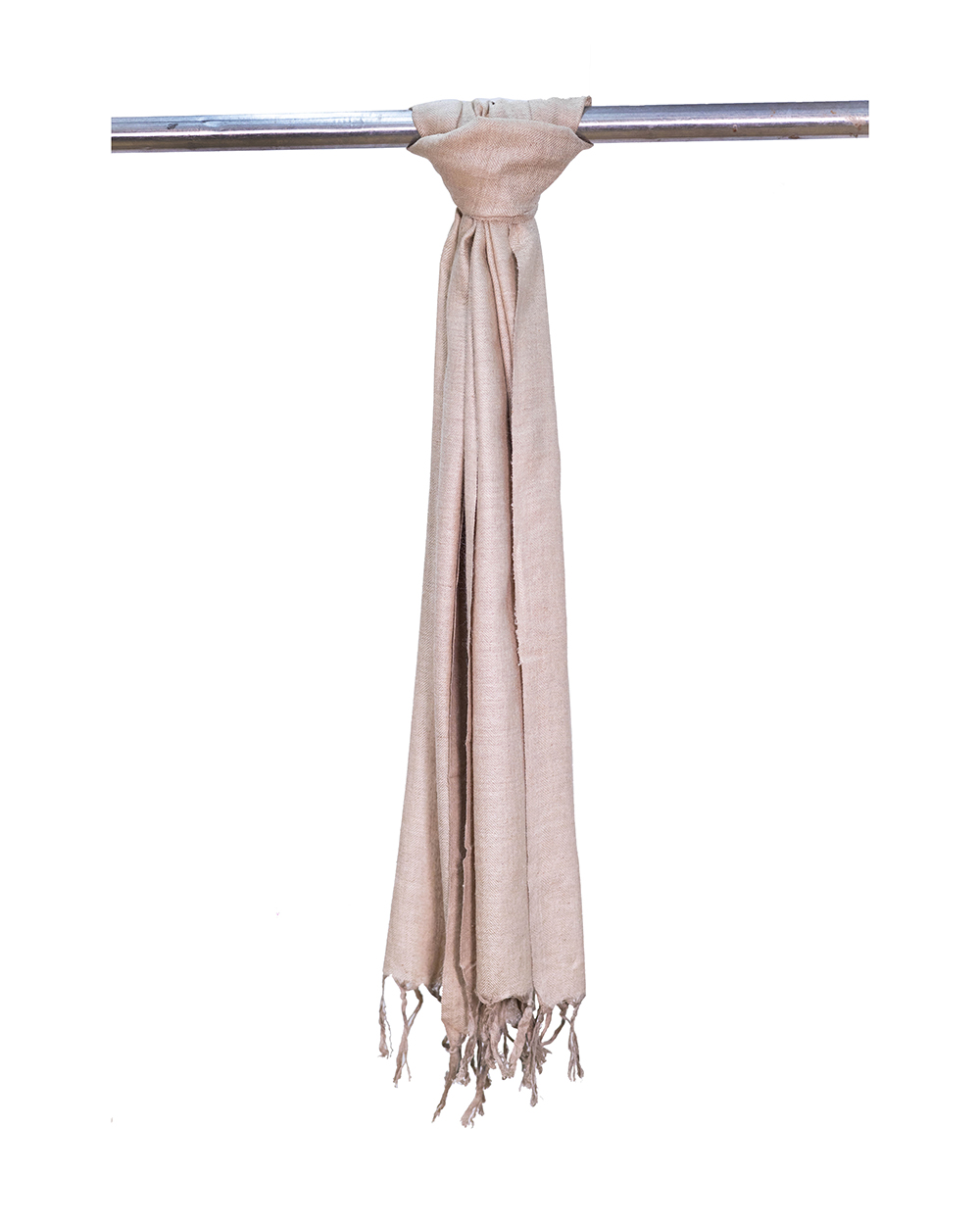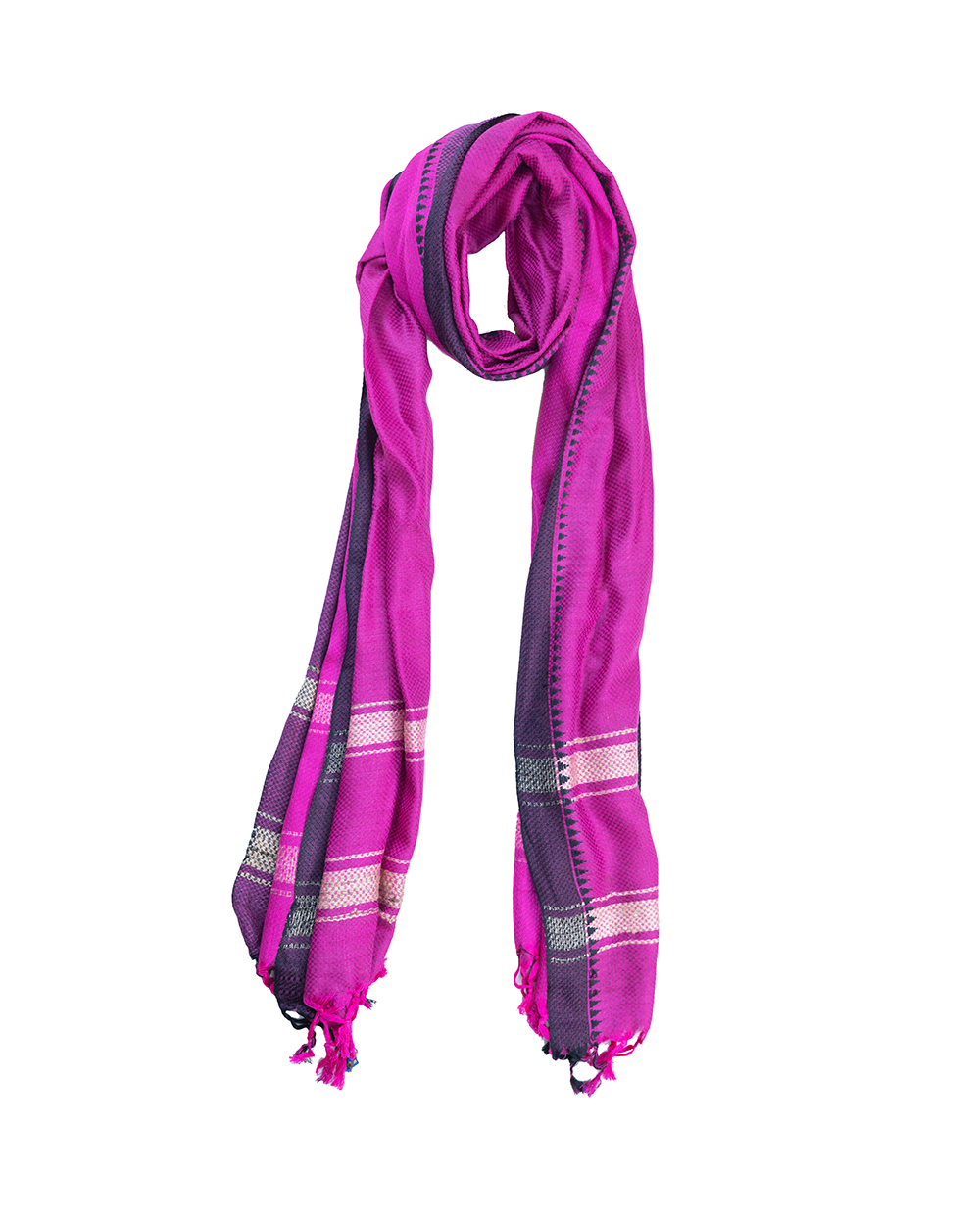Description
Wrap yourself in luxury with our exquisite Kashmir Pashmina collection. Sourced directly from the valleys of Kashmir, our Pashmina scarves are handcrafted by skilled artisans using the finest pashmina wool, renowned for its unparalleled softness and warmth. Whether you’re looking for a statement piece to elevate your evening attire or a cozy scarf to add a touch of refinement to your everyday wardrobe. With a range of colours and designs to choose from, there’s something to suit every style and occasion.
